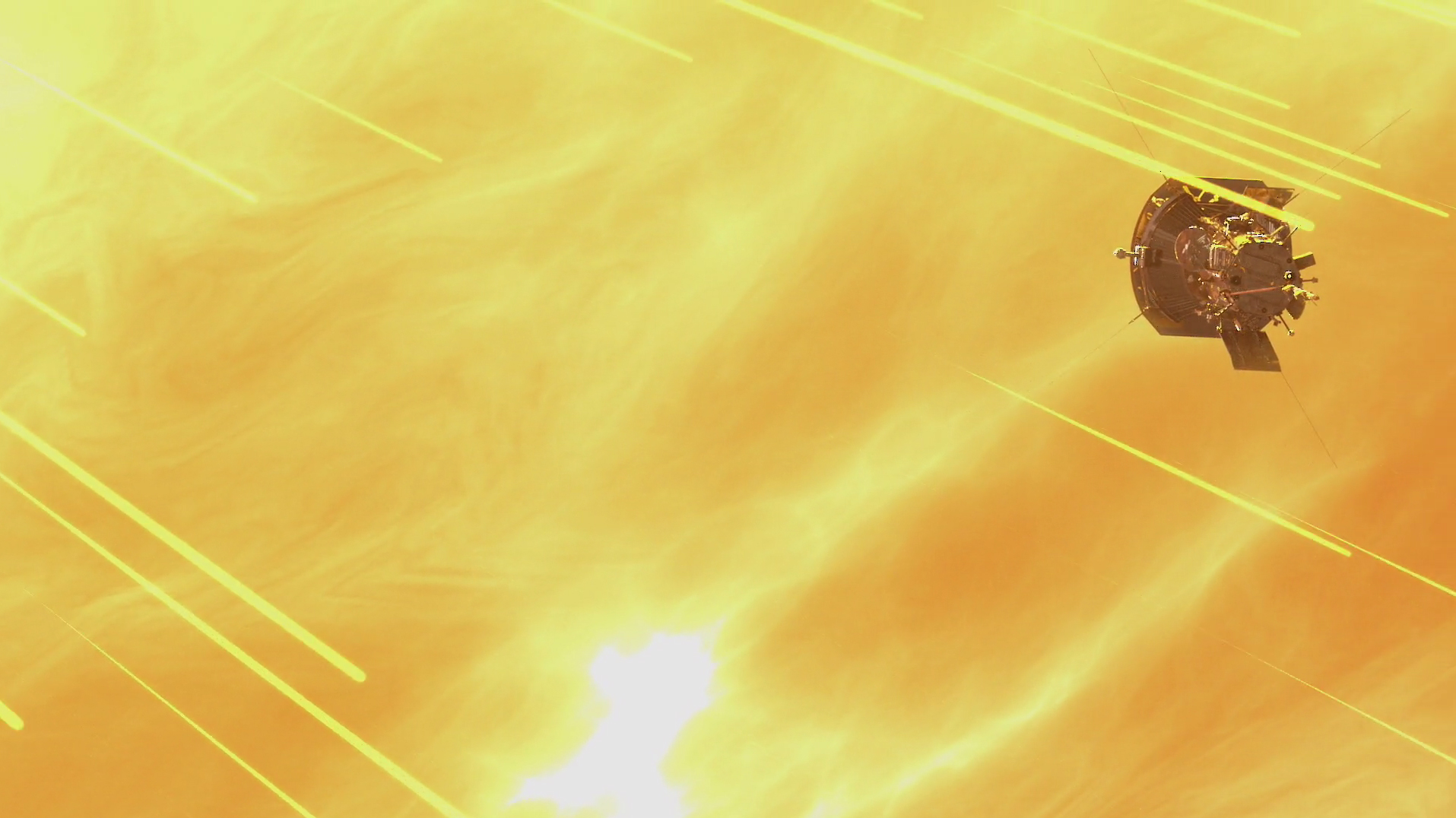NASA designed the Parker Solar Probe to study the sun. However, the spacecraft has also managed to capture a series of first-of-their-kind images of Venus. The images feature the surface of Venus in visible light. A first for NASA. Parker captured the photos using its Wide-Field Imager (WISPR). The images were snapped during two gravity-assisted flybys in July 2020 and February 2021.
New images of Venus are a first for NASA
What’s most remarkable about the images is that this is the first time we’ve seen the surface from space without the use of radar beams. Back in the 1990s, NASA’s Magellan mission probed the planet. The agency used radar beams to create the first global maps of the planet. Later, JAXA’s Akatsuki spacecraft made it through the cover using infrared images. The Soviet Venera landers managed to transfer some images of the surface in visible light in the 70s, but this is the first time we’ve managed to capture new images of the planet’s surface in visible light.
Grabbing these images of Venus wasn’t originally part of the plan. After all, the Parker Solar Probe was built to study the Sun. However, part of the journey to the Sun was using Venus’ gravity to slingshot the probe closer to our star. During that maneuver, NASA decided to capture images of the planet, too.
“The objective was to measure the speed of the clouds,” WISPR project scientist Angelos Vourlidas shared in a statement from NASA. Vourlidas co-authored a new study on the findings. Instead, the images showed the surface of the planet.
When it came time for the fourth flyby in 2021, NASA decided to try to grab even better images of Venus. At this point, Parker was able to capture the full night side. In that darkness, it was able to see the red light from the surface through the clouds. Because there wasn’t sunlight to block the view, Parker captured the full brightness of the superheated surface of the planet.
What’s next for Parker?

The capture of these images of Venus is exceptional. However, Parker’s primary mission is still to capture data about the Sun. Since these images were captured, it has been doing just that. Last year it managed to breach the outer atmosphere of the Sun. Effectively touching the Sun for the first time. It will continue to run missions to learn more about the star at the center of our galaxy, too.
As for the images that Parker captured, well scientists will use those to learn more about Venus. This is the first time we’ve seen the surface features of the planet in the visible light range. It’s a huge accomplishment. NASA says that the images of Venus can help scientists learn more about the geology and mineral make-up of Venus. Because the planet is so hot, they can use the different heat wavelengths to determine what the features are made of. It could also help scientists understand a bit more about Venus’ evolution.








